The future of work. It’s a topic that has been scrutinised, ripped apart and debated ad nauseam, especially in a post-pandemic world. Battle lines were drawn, big companies weighed in and sides were taken in the office versus hybrid versus remote showdown.
Now Harvard Business School professor Prithwiraj Choudhury has released a book based on more than a decade's worth of study and research into companies that have embraced a work-from-anywhere (WFA) model. And it makes for fascinating reading.
“I think the narrative in the media, for some reason, became employer versus employee,” says Choudhury. “The focus has been on working from home. But my research is actually focused on WFA, which I see as a triple win. It's a win for the employee, a win for the employer and a win for smaller towns and communities that have lost talent.”
WFA is an arrangement that lets the worker choose where they live – which part of the country, town, city and sometimes even country. For example, if you’re a company based in Leeds and you have four employees working in Maidstone in Kent, you could arrange for them to work from home or give them the option to go to a co-working space.
Why work from anywhere is good for business
It might seem obvious that that's good for the employee, but it's good for a company as well, argues Choudhury.
“You are expanding your labour market. Instead of being locked down to a London labour market or even a UK labour market, you are potentially expanding it nationally, regionally or even globally. With so much uncertainty around moving people around, this option to hire from anywhere is something that is a competitive advantage for companies.”
He provides countless examples of companies using WFA in his book, The World is Your Office: How work from anywhere boosts talent, productivity and innovation, from start-ups to Kellogg's to Nvidia to Airbnb. One example is the software as a service (SaaS) company GitLab, which builds collaboration tools for distributed teams and has been remote-first since it was founded in 2011.
Today, it has 2,300 employees spread across more than 60 countries. It also has a valuation of over $7.5bn (£5.8bn). It believes its working model is key to its success. So much so that it released a playbook for other leaders in 2020 that encouraged them “to rethink processes, norms and culture in a way that will serve a diverse and dynamic workforce, no matter where they choose to open their laptop”.
The benefits of AI
Combining this attitude with working with AI has huge positives, says Choudhury. He points to how WFA’s biggest upside, when not managed correctly, could actually be its biggest problem. However, this is negated by AI.
“When you are spread all over the world and across time zones, you need to have a way to document what you're doing and all the knowledge of the company in real-time,” he says.
“Documentation is critical for work for all companies but especially for WFA companies, but no one likes to document. Now, with generative AI, it has become almost painless to document. For example, any call could be transcribed and a summary prepared in seconds."
The other area where AI can play a role is the creation of digital twins. Choudhury describes this technology in his book as an umbrella term for the process of replicating a real-world operation in real time but done so using a digital format.
One example can be found at Rome’s international airports, where digital twin technologies have been used to develop a dashboard tracking passenger flows through the facility. This dashboard allows the airport operations centre to react in real-time to events like flight delays that can have cascading effects, from requiring later flights to change their scheduled gates, to adjusting staffing levels at security, immigration and baggage areas.
Businesses can build similar models that help manage documentation, technology and the flow of people in the organisation.
The importance of good management practices
Whether it’s implementing new tech like AI, a new working model, like WFA, or any other change to a company, if the groundwork of good management isn’t there, it isn't worth bothering. These good management practices cover themes such as communication, knowledge sharing and being aware enough to combat isolation.
“Like any management innovation,” says Choudhury, “this only works with the complementary management practices. I would recommend what I call engineered serendipity. Left to their own devices, people will just talk to and make connections with people like them.”
He’s seen this throughout his career but it's also visible at events, where people will generally cluster based on gender and/or ethnicity.
“That's not good because our work is not just putting our heads down and working,” he continues. “We need to have a broad set of connections within the company. We need to know someone in sales who we can call if there's a problem with our product design. We need to know someone in accounting to call if an invoice from a supplier is stuck. Those connections are often hard to make, because if you let people go to the office, then salespeople will only talk to salespeople.”
One method to negate this comes in the form of a virtual watercooler. This is described in Choudhury’s book as “a structured opportunity for informal interaction” but it has a bigger purpose and can benefit non-WFA organisations. He says:
In physical offices, people often view spontaneous interactions at a watercooler, by a coffee machine, or in a shared lunchroom as a key part of their socialisation and a way to build their social network within the company. They may have quick chats with other members of their team or people from other teams or departments. These interactions serve the dual purpose of building a sense of camaraderie, while also sharing information about the company, in general, and their work, specifically.
In a remote and distributed context, these spontaneous interactions are far less likely to occur. Virtual watercoolers can take the form of a set videoconference call on a weekly or monthly basis, with people gathering based on job type, or on non-work interests like gardening, action movies or pets. They can also take the form of semi-structured meetings or Q&A sessions between junior employees and managers, or even senior company leaders.
Unlike Zoom happy hours, virtual watercoolers are designed to facilitate random virtual interactions, so workers do not know in advance whom they will meet. One week they might meet the CEO and another week they could meet someone from sales or accounting. Also, unlike Zoom happy hours, attendance for virtual watercoolers is usually mandatory, ensuring that all workers – not only a group of extroverts – participate.
“AI can also help predict who benefits from making connections and organising virtual watercoolers,” says Choudhury. “If you don't embrace the whole nine yards, then this model won't work. A competitor who does that better, they're going to gain an advantage…”
Find out more about WFA in Prithwiraj Choudhury’s book The World is Your Office: How work from anywhere boosts talent, productivity, and innovation.
Related and recommended

Fashion entrepreneur Dessi Bell explains why customers are looking for something different when they shop on the high street

Think assistants are just admin managers? Think again. They might be your greatest business asset

The home appliances inventor and entrepreneur explains what he’s learned from sponsoring Brentford FC

An ill-fated product launch 40 years ago became one of the biggest marketing blunders ever and still holds lessons today

